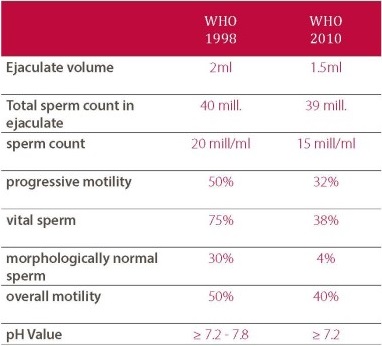Semen Analysis
A semen analysis is an important diagnostic tool for investigation of male fertility. The assessment is carried out according to WHO guidelines, with a focus on concentration, motility and morphology of the sperm.
In a semen analysis the ejaculate is examined under a microscope to evaluate male fertility. The term semen analysis includes all tests carried out during the examination of the sperm.
Semen analysis is therefore the most important male infertility test. The sperm sample is produced by masturbation, where possible under sterile conditions directly at the place of examination, so the sample can be quickly processed and analysed. The laboratory examines the ejaculate under the microscope. Whether poor sperm is the cause of infertility can only be established from looking at all factors, including quantity, motility and quality of sperm. A low number of sperm in the ejaculate is not necessarily mean sterility, however, it may take longer until an egg is successfully fertilised. Low sperm motility or morphology can have a negative impact on natural procreation.

